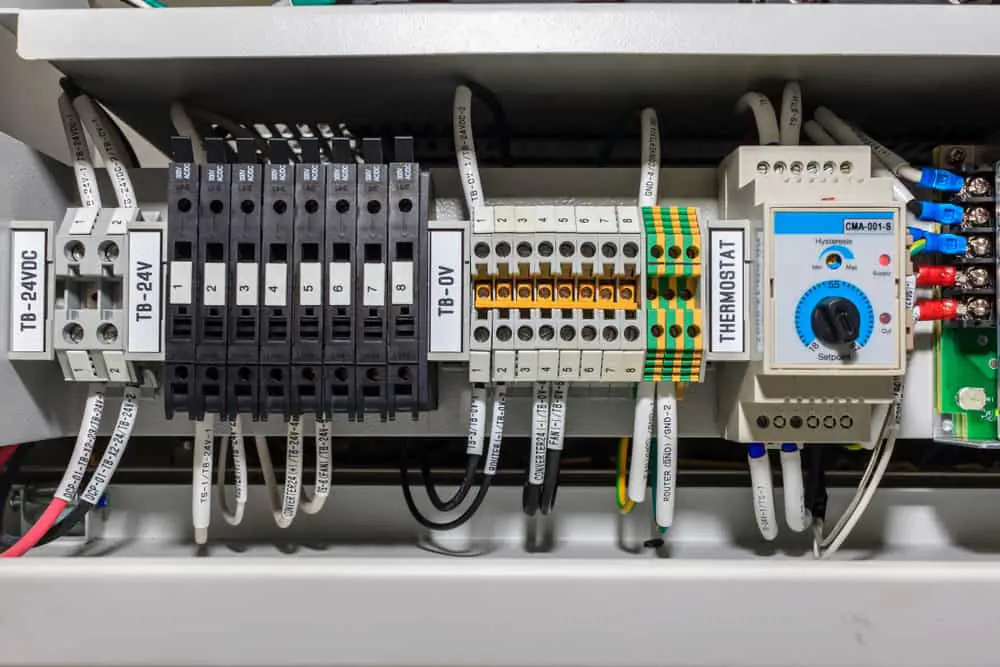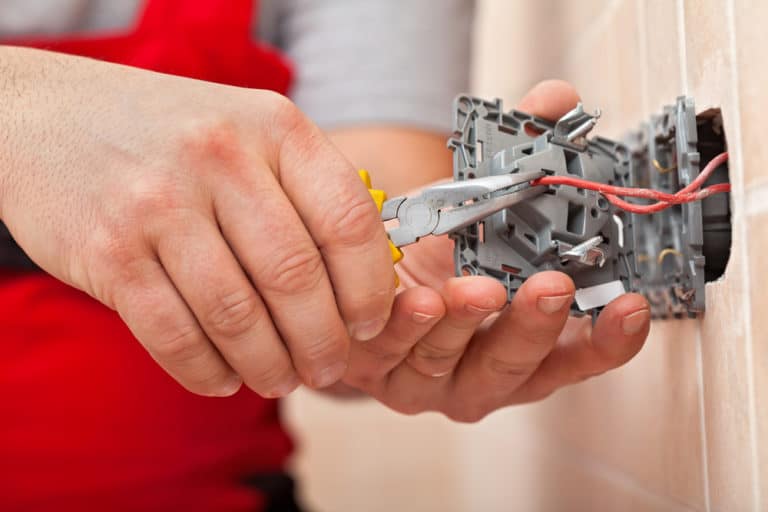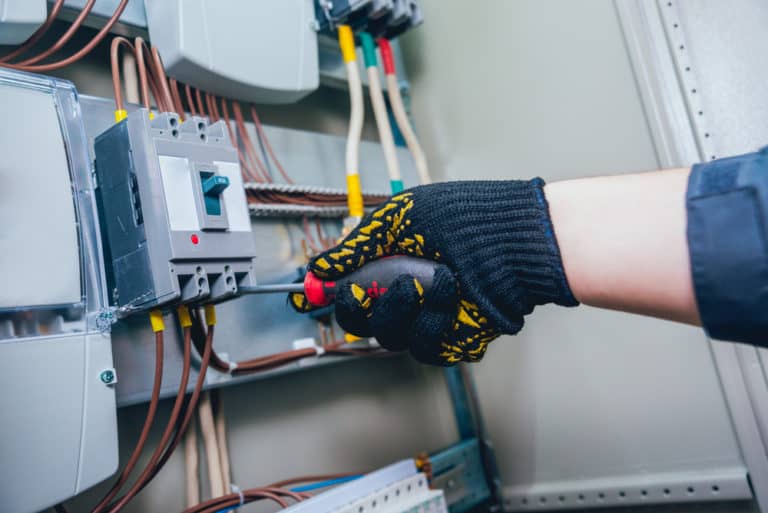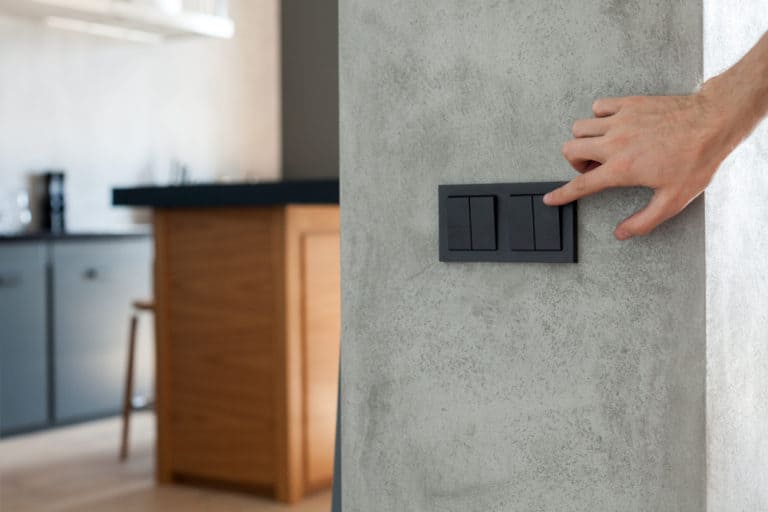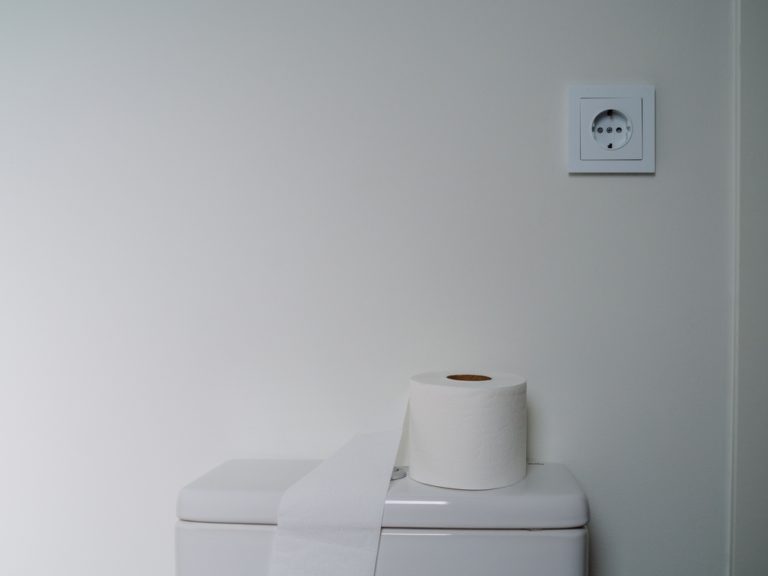Do Junction Boxes Need to be Grounded?
Junction boxes are used as a container to connect the different wires in your home safely. Grounding is used to discharge any excess electricity into the soil in case anything goes wrong. The question now is if it’s required to have your junction boxes grounded.
Chances are your junction box is already grounded, unless otherwise. It’s required by the NEC(National Electrical Code) to have junction boxes grounded, especially for metal ones. Grounding will always be a staple in every home’s electrical circuit because of the safety benefits. Note that non-metal junction boxes DO NOT need to be directly grounded.
Read on as we’ll be going into how grounding works and how to ground your junction boxes.
Grounding: Brief Overview
To put it simply, grounding is used to transfer stray electricity towards a point where it can dissipate. The earth is an excellent conductor of electricity and is by far the safest place that stray electricity can be transferred to.
Grounding is only activated when something goes wrong in the circuit. These are usually disruptions or irregularities in a circuit caused by wire damage, outlets getting wet, overloading, etc.
Note that grounding is very much different from a circuit breaker. Circuit breakers cut off the power for an electric circuit when something goes improper grounding is simply a part of the circuit that “removes” the rest of the electricity from the circuit.
Lastly, grounding doesn’t always mean that electricity has to go to your grounding rod or the earth. It just needs to dissipate electricity by reducing the energy within the circuit to zero.
Grounding Rods
Grounding rods are required to have, and it’s essential to know where yours are located if you plan on attaching a grounding wire to your junction box. As the name implies, these are metal rods that receive electricity from grounding wires dispersed to the earth.
To give context, earth(soil) is a great conductor, which means that it can absorb electricity well, and having grounding rods buried ensures that nobody can accidentally get shocked.
The grounding rod is usually installed near the main circuit breaker is often buried around 8 feet underground, which is around foundation level. Most homes will have around two grounding rods.
Grounding rods themselves are not difficult to install. You just need to make sure that they are within an appropriate distance( 6 feet apart) from each other, so any discharges don’t overlap and that your rod is the proper measurement(8 feet in length).
How to ground a junction box
For this article, we’ll be assuming that you already have a grounding wire that’s connected in some way to your grounding rod. If you don’t, you’ll only need to join a new grounding wire to a splice of any current ones installed.
- Turn off your electricity
You can do this by turning off the main breaker. You can use a voltage tester to check if your circuit is still “hot” before working with your wires.
- Install a grounding screw
Your junction box should have a green hole for screws. The screw is supposed to come into contact with your grounding wire. You can do this by stripping the wire and tying it to the screw along the direction that it turns.
Note that you cannot use a regular screw for grounding. Grounding screws are designed to carry electricity and are shaped in a certain way for this purpose.
- Connecting the wires
Simply tie in together the different wires that you need to connect. Make sure that they’re the same color and that they’re tied together properly. The most common type of connection is a pigtail for wires since it shortens the wires and secures multiples. You can use a wire nut to secure it. Make sure that there is a wire connected to the grounding screw.
It’s not that complicated to ground and install a junction box because manufacturers know that it will be required to do so. It is advised that you hire an electrician if you are inexperienced with installing wiring. A poorly made junction box can cause fires since the wires are exposed to other elements.
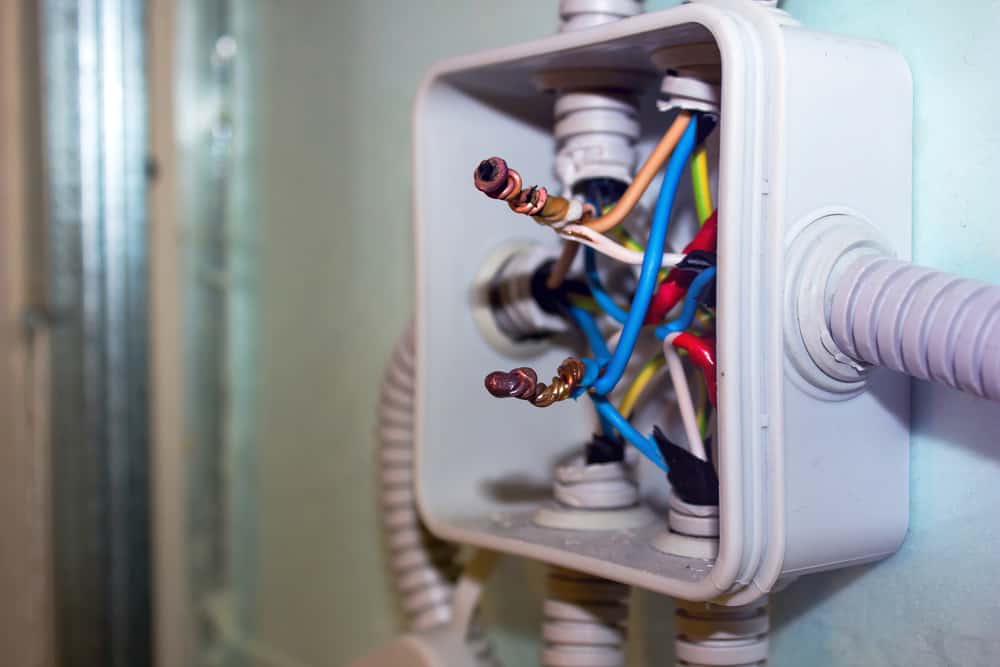
What happens if you don’t ground your wires?
There’s a reason why grounding is required for all electrical circuits. Having an electrical system that doesn’t have a grounding wire installed is dangerous because the electricity cannot be safely removed from the system.
Most safety measures, such as circuit breakers, work by acting as a failsafe when it detects that a circuit is overloaded. Grounding works with a circuit breaker by safely removing the excess electricity in the circuit and while the circuit stops supplying electricity.
If no grounding is present, the overloaded circuit will have nowhere to place the excess electricity. It can end up either breaking your appliances or even transferring to different parts of the building. These can result in injury, fires, and in some cases, even death.
Here are two indicators that your home’s grounding is insufficient or not installed correctly.
- You get shocked when you touch outlets
Since electricity isn’t being properly redirected, it will end up spreading to places that can conduct it. This tends to happen in houses that have metal electrical fixtures.
- Unusually high electrical bills
Suppose your hot wire ends up getting into contact with your grounding wire. All your electricity is just going to end up going to the ground and be wasted and be wasted.
Repairing or adding grounding can get a bit tricky depending on what your current electrical system is set up. Electricals are an entirely different ball game for DIY compared to painting walls/ fixing up a cabinet since the consequences are much direr.
How can I tell if my junction box is already grounded?
We can’t always assume that things are right where they should be. It’s essential to be able to determine if your circuit is adequately made.
With that said, the best way to determine if your junction box is already grounded is by using a tester. You go about this by having one end of your tester attached to your hotwire and the other end touching your grounding mechanism. If it’s grounded, then there should be a voltage reading on your tester.
You might be thinking that there shouldn’t be any voltage on the reading since we just mentioned that grounding’s purpose is to dissipate electricity safely. The explanation for this is that electricity is flowing through your grounding mechanism.
Suppose it shows a zero reading. In that case, that means that the wire isn’t conducting electricity, which is terrible because the electricity will build up and get hotter.
If you’re still unsure or if you want a guarantee that your junction boxes(and other electrical fixtures) are grounded, you can always consult with an electrician.
Do all wires need to be grounded?
Yes, all circuits will need to be grounded. This doesn’t entail, however, that every wire needs to be attached to a grounding rod. Junction boxes are there to connect faraway circuits to a circuit that’s already grounded.
With that said, you’ll need to know what circuits you are connecting and if that circuit is directly connected to your grounding rod. If one of the circuit’s grounding fails, and the other circuits rely on that circuit’s grounding, then you’re going to have a problem.
Conclusion
Junction boxes are there to serve as a place where you can safely keep wires connected. It’s recommended that they should always be grounded, especially for metal junction boxes.
Grounding transfers excess electricity towards the ground, where it can be safely dispersed. It’s always required to have safety measures put in place for any electrical system. The consequences for faulty circuits are much more severe compared to other household accidents.
Sources
https://www.thespruce.com/what-is-grounding-1152859
https://www.jlconline.com/how-to/electrical/grounding-electrical-boxes_o

